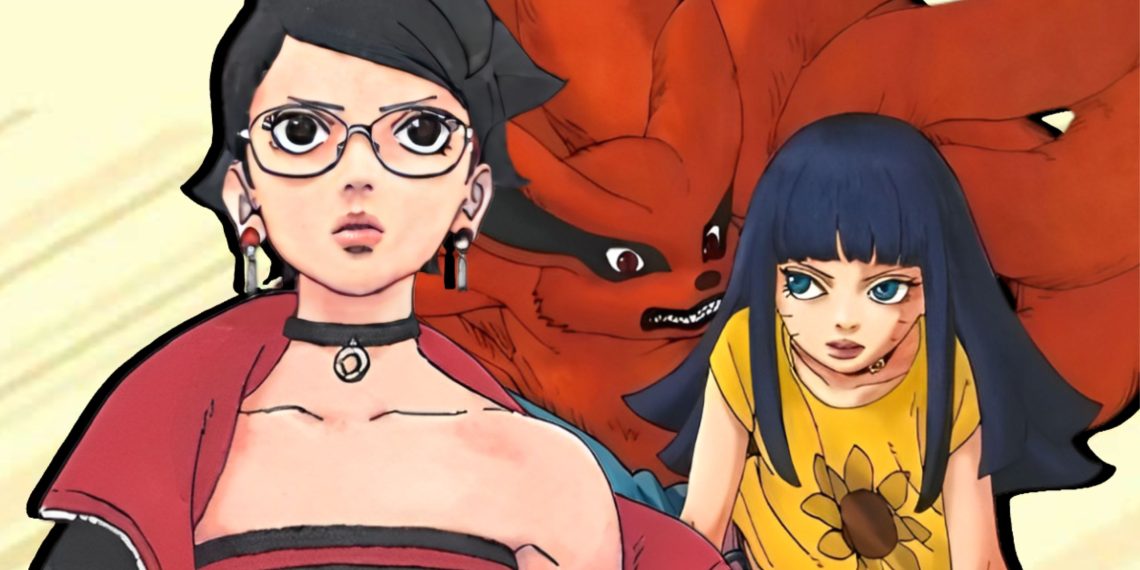In the intricate world of Boruto: Two Blue Vortex, fans are continually engaged in analyzing and predicting the roles and destinies of their beloved characters.
The series is renowned for its elaborate plotlines and deep character exploration, where every character seems to be woven into the fabric of a grand design.
Recently, the introduction of the Divine Trees has added a new layer of complexity, targeting Shinobi based on their deepest desires and inherent qualities.
This has sparked considerable debate and speculation among fans regarding the future roles of various characters, particularly Himawari Uzumaki.
Himawari, the daughter of Naruto Uzumaki and Hinata Hyuga, has often been seen as a supporting character with immense potential.
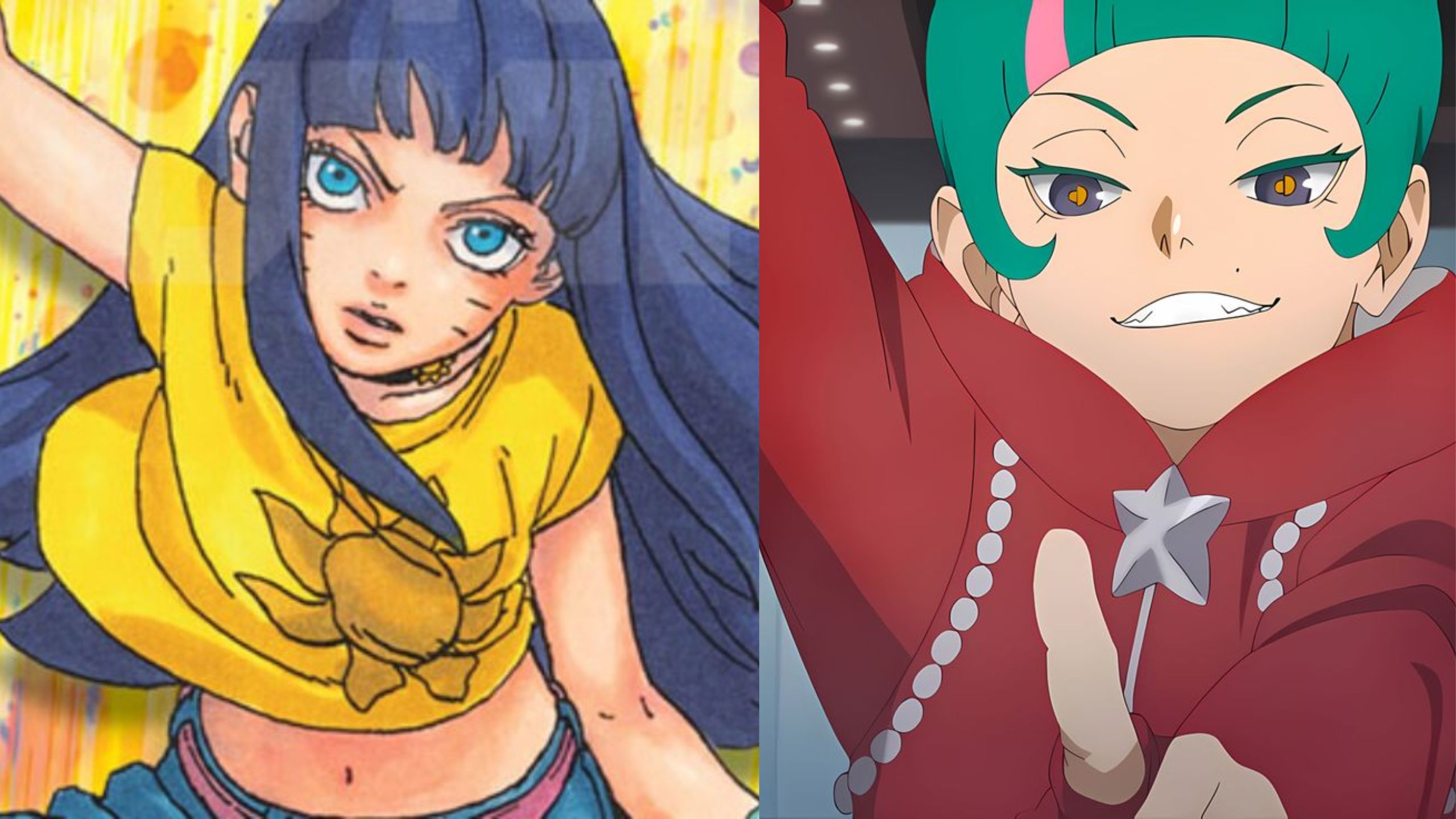
Despite her relative lack of prominent action compared to other main characters, recent developments in Boruto: Two Blue Vortex suggest that she might play a significant role in the unfolding events.
A compelling theory circulating within the fan community proposes that Himawari could become Sarada Uchiha’s “knight” in the impending battle against formidable adversaries, such as Eida and Daemon.
This theory, while speculative, offers an intriguing perspective on Himawari’s potential significance and explores the mythological inspirations behind the characters.
The Role of the Divine Trees
To fully appreciate Himawari’s potential role in the series, it is crucial to understand the current narrative context.
The Divine Trees, introduced as powerful and mysterious entities, have become central to the storyline.
These trees possess the ability to target Shinobi based on their innate desires and fears, creating an environment of intense conflict and challenge.
This mechanism has heightened the stakes for the characters, pushing them to confront their inner struggles and external threats.
Initially, it appeared that Himawari’s role might be directly tied to Kurama’s chakra, inherited from her father, Naruto Uzumaki.
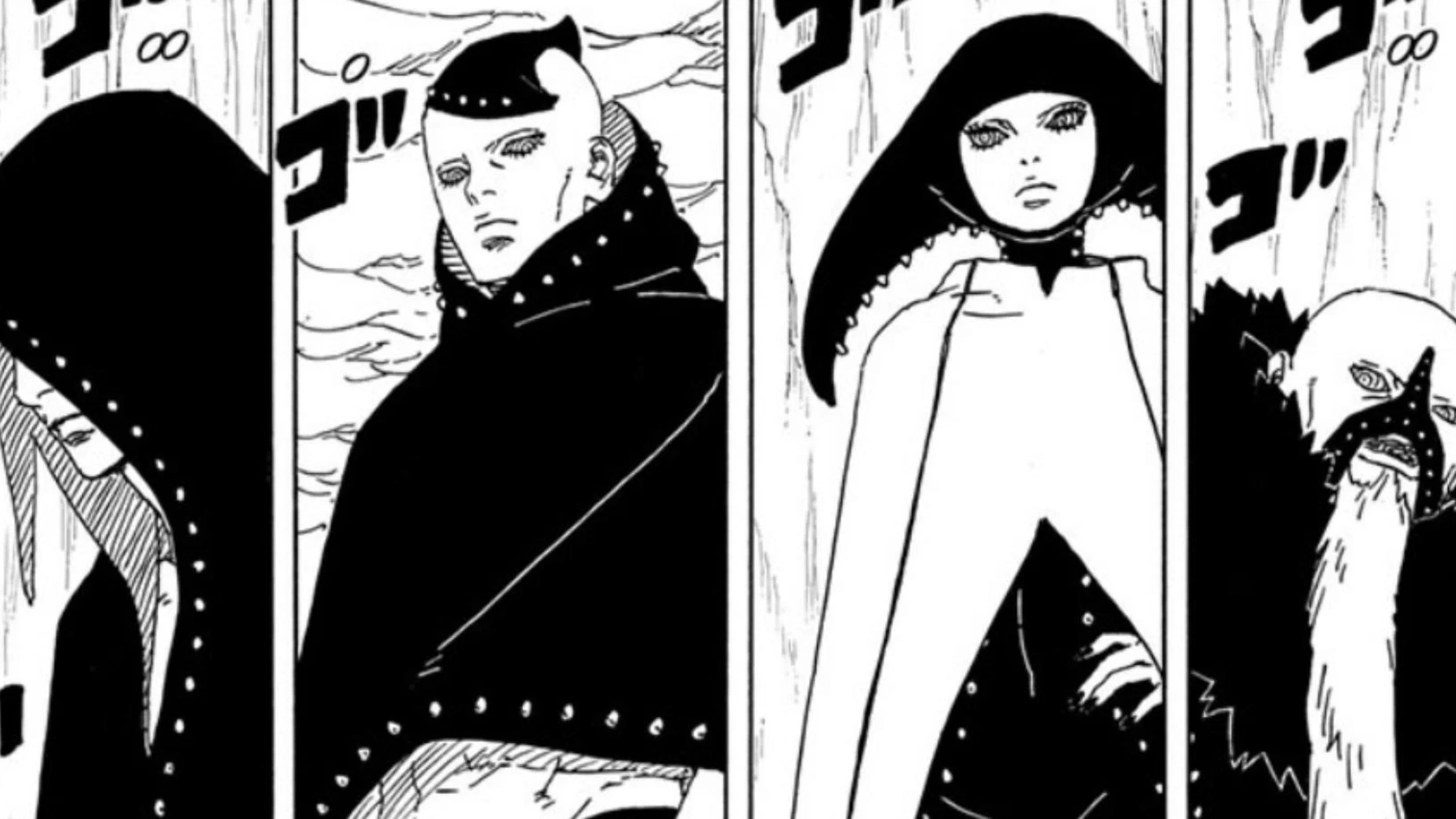
Kurama, the Nine-Tails, was a significant force in Naruto’s life, contributing to his powers and shaping his destiny.
Given this connection, many fans speculated that Himawari might inherit some of Kurama’s attributes and responsibilities.
However, recent chapters suggest a shift in focus, with indications that Boruto, rather than Himawari, might be the primary target of the Divine Trees.
This shift has led to concerns among fans that Himawari might be sidelined in the narrative.
Despite this, there is still hope that her role will be crucial in the series’ development.
The prequel manga, which provides subtle hints and foreshadowing, suggests that Himawari’s significance may not be fully realized yet.
Himawari’s Potential Role as Sarada’s Knight
A fascinating theory put forward by a Boruto fan on X (formerly known as Twitter) under the handle @NANA_Y4W proposes that Himawari’s role might involve her becoming Sarada Uchiha’s knight.
This theory is intriguing and provides a new lens through which to view Himawari’s potential significance in the series.
One of the key pieces of evidence supporting this theory is the ornament that Himawari wears around her neck.
HIMAWARI’s PURPOSE EXPLAINED!!!
Himawari wears a necklace which looks like the 8 pointed star ⭐️ symbol which resembles Sarada’s MS eyes design
Himawari is Sarada’s “KNIGHT”
Thread#BORUTO #BorutoTwoBlueVortex pic.twitter.com/FstpHY1nxT
— Animeguru ⚡️ (@NANA_Y4W) August 31, 2024
The ornament, an 8-pointed star, bears a striking resemblance to the design of Sarada Uchiha’s Mangekyo Sharingan.
This visual similarity is not merely coincidental but could indicate a deeper symbolic connection between the two characters and their roles in the series.
Mythological Inspirations
The theory put forth by @NANA_Y4W also explores the mythological inspirations behind Sarada and Himawari.
According to the theory, Sarada’s character may be inspired by Izanami, the goddess of death in Japanese mythology.
The mythological story of Izanami provides a rich backdrop for understanding Sarada’s character and her potential role in the series.
In the myth, Izanami dies and descends to Yomi, the underworld. Her husband, Izanagi, is heartbroken and ventures into the underworld to retrieve her.
Despite his efforts, Izanagi’s mission is doomed to failure because Izanami has consumed the food of the underworld, which makes her return to the world of the living impossible.
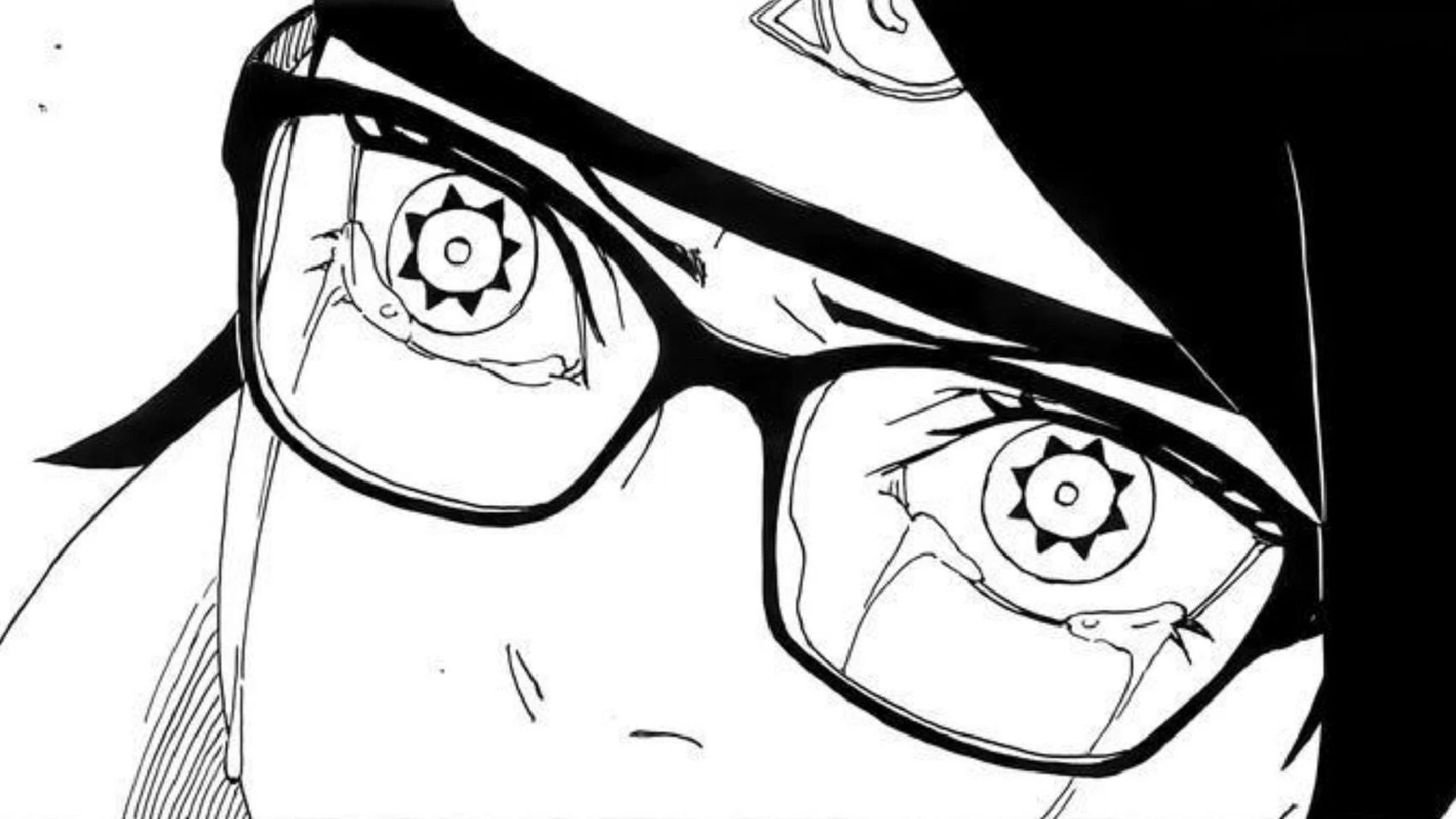
This story highlights themes of loss, determination, and the struggle to overcome seemingly insurmountable obstacles.
These themes resonate with Sarada’s character, as she faces her own challenges and struggles.
Izanagi’s journey into the underworld, driven by his unwavering love and determination, parallels Sarada’s potential journey and growth in the series.
On the other hand, Himawari’s character might be inspired by Amaterasu, the Sun Goddess in Japanese mythology.
Amaterasu was born when Izanagi performed a cleansing ritual after escaping from Yomi. She is revered as the highest deity in Japan and is associated with light and the sun.
According to the myth, Amaterasu once hid herself away in a cave, causing darkness to fall upon the world and heaven.
This act led to widespread chaos, similar to the disturbances caused by the Divine Trees in Boruto: Two Blue Vortex.
The Gods made several attempts to lure Amaterasu out of the cave to restore light to the world.
They placed a sakaki tree called “Cleyera Japonica” in front of the cave, adorned with sparkling jewels known as “Magatama,” fine white clothes, and a mirror at the center.
Amaterasu was eventually drawn out by the reflection in the mirror, leading to the restoration of light.
Symbolic Connections
The mythological parallels between Amaterasu and Himawari are evident in several ways.
Himawari’s name, meaning “sunflower,” is associated with light and positivity, mirroring the qualities of Amaterasu.
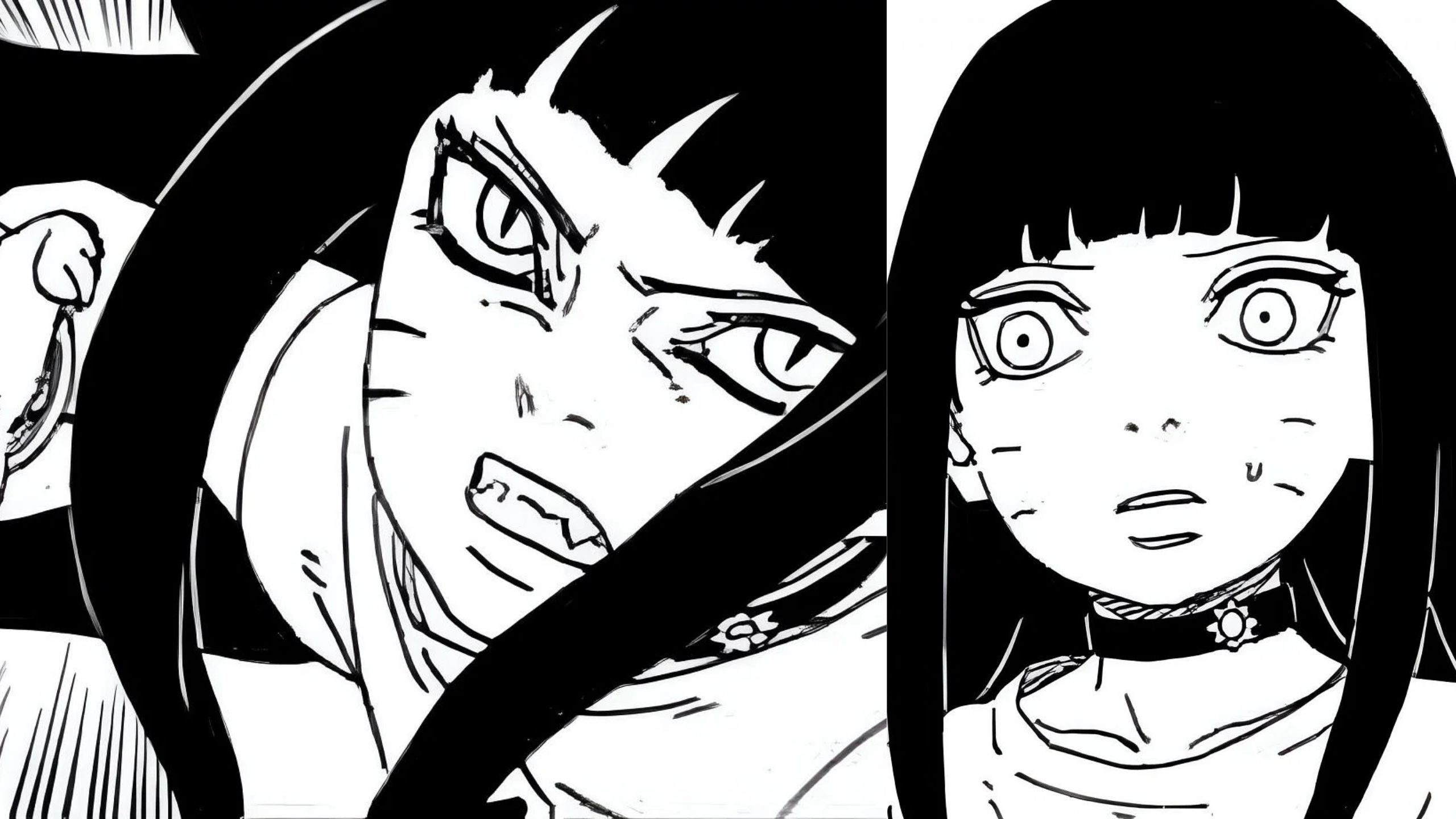
The sunflower motif is also present in Himawari’s clothing, reinforcing this connection.
Additionally, the mirror used to entice Amaterasu out of the cave could be symbolized by the ornament Himawari wears, which might represent the “Magatama” jewels from the myth.
For Sarada, while she has not yet been shown possessing the Yata Mirror in her Sharingan, the design of her Mangekyo Sharingan hints at the possibility of this powerful tool being within her grasp.
The similarities between Sarada’s Mangekyo Sharingan and the mythological elements associated with Amaterasu and Himawari suggest a deeper connection between these characters.
Potential Battle Dynamics
The theory that Himawari could act as Sarada’s knight adds an exciting dimension to the ongoing narrative.
Currently, Sarada is one of the few characters immune to Eida’s Omnipotence Shinjutsu, a powerful ability that has rendered many others vulnerable.
This immunity positions Sarada as a key player in the battle against Eida. However, Eida is not alone; her younger brother, Daemon, is also a formidable opponent who has demonstrated his strength in previous chapters.
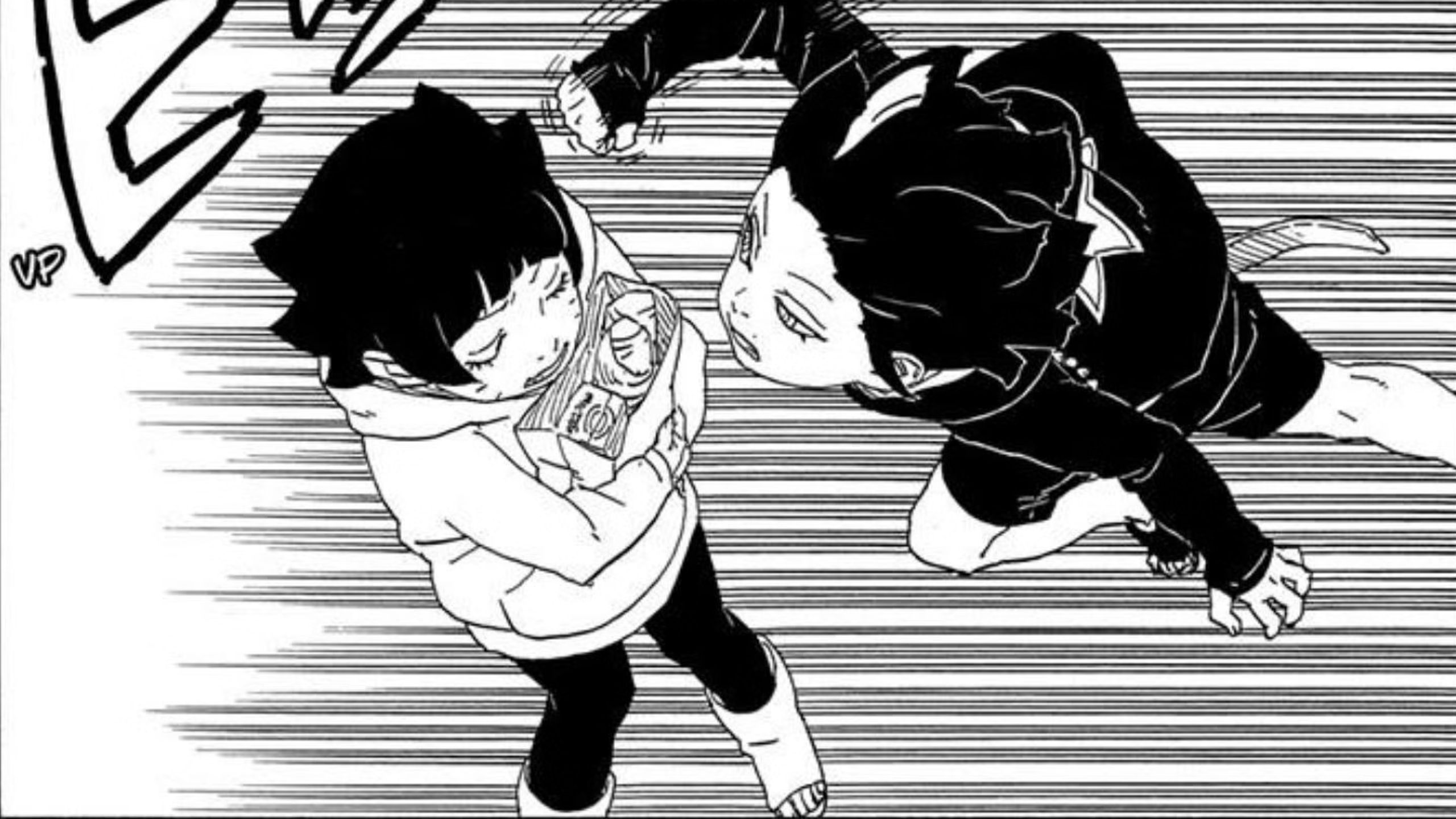
The connection between Daemon and Himawari is significant, as Daemon was able to sense Kurama’s chakra within Himawari during an encounter in Boruto: Naruto Next Generation.
This connection hints at a potential confrontation between Daemon and Himawari, particularly if Himawari takes on the role of Sarada’s knight.
If Sarada is to engage Eida in battle, she will need a strong ally to counter Daemon’s abilities. This is where Himawari could come into play.
As Sarada’s knight, Himawari could face Daemon in combat, allowing Sarada to focus on defeating Eida.
This partnership would not only showcase the strength and abilities of both characters but also highlight their bond and mutual trust.
Thematic Resonance
The potential alliance between Sarada and Himawari aligns with broader themes of the Boruto series, including teamwork, loyalty, and the passing of the torch from one generation to the next.
Just as Naruto relied on his friends and allies to overcome challenges, Boruto and his peers must also learn to collaborate and support each other in their quests.
The idea of Sarada and Himawari joining forces exemplifies these themes, demonstrating how the new generation of Shinobi can overcome even the most formidable adversaries when united.
Himawari’s potential role as Sarada’s knight would represent a significant development for her character.
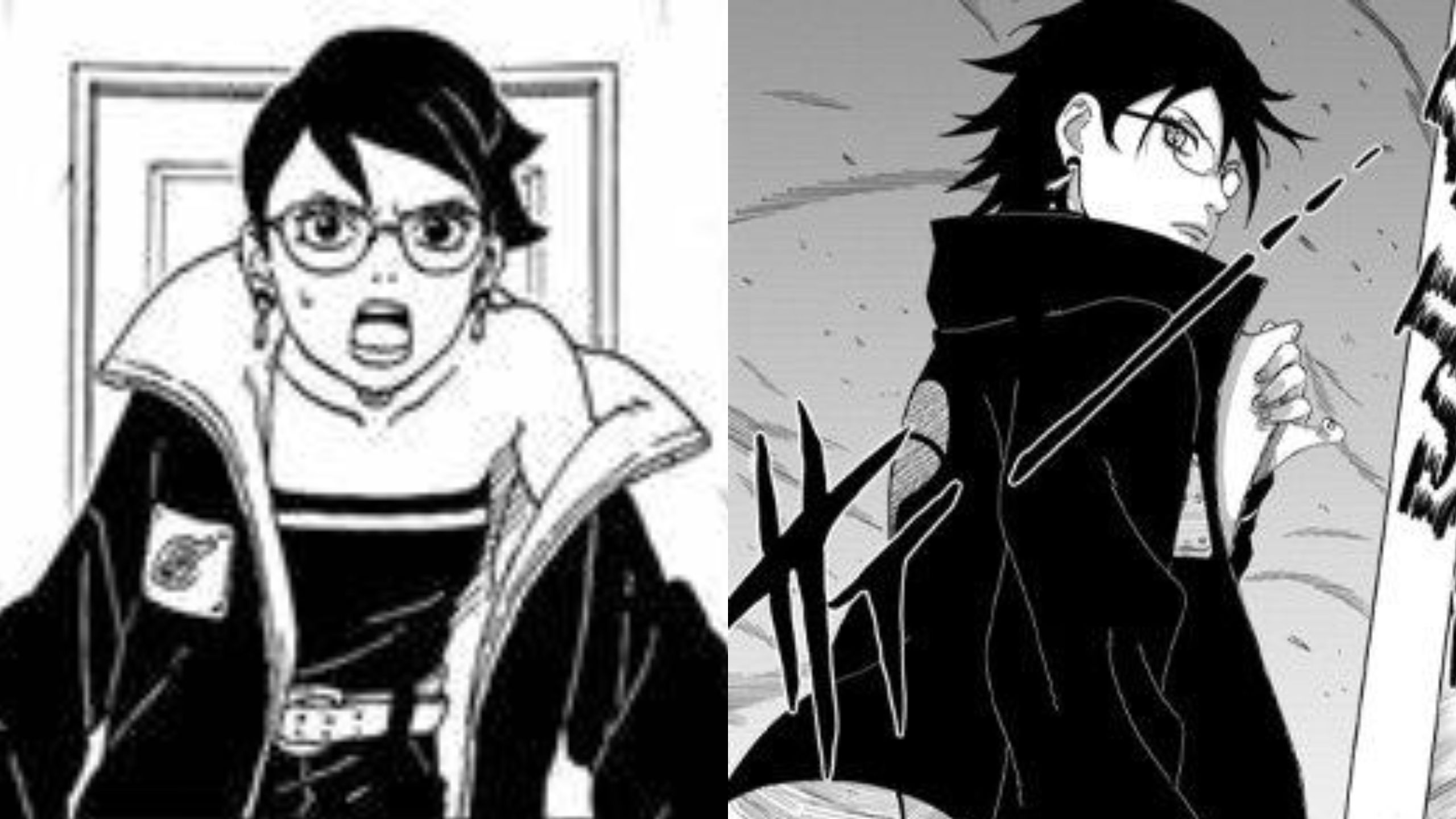
Until now, she has often been seen as a supportive younger sister, but this potential role would allow her to step into the spotlight and prove her strength and capabilities.
It would also provide an opportunity for her to contribute meaningfully to the series’ major battles and conflicts.
Expanding on the Theory
To further explore the theory that Himawari could become Sarada’s knight, let’s consider additional aspects of the characters’ interactions and potential storylines.
Sarada’s growth as a ninja has been marked by her determination and her desire to protect her friends and loved ones.
Her immunity to Eida’s Omnipotence Shinjutsu highlights her unique position in the ongoing conflict, making her a key figure in the battle against Eida.
On the other hand, Himawari’s development has been characterized by her latent potential and her connections to both the Uzumaki and Hyuga clans.
Her role in the series has been relatively understated, but this does not diminish her potential impact.
The theory that she could serve as Sarada’s knight suggests a significant shift in her character arc, providing her with an opportunity to demonstrate her strength and bravery.
As Sarada and Himawari potentially face off against Eida and Daemon, their collaboration could be pivotal in overcoming these powerful adversaries.
This partnership would also offer a chance for the series to go deeper into the characters’ backgrounds and motivations, exploring how their experiences and relationships shape their roles in the story.
The Impact on the Series
The potential role of Himawari as Sarada’s knight would have a profound impact on the Boruto series.
It would not only improve Himawari’s character but also enhance the final narrative by introducing new dynamics and conflicts.
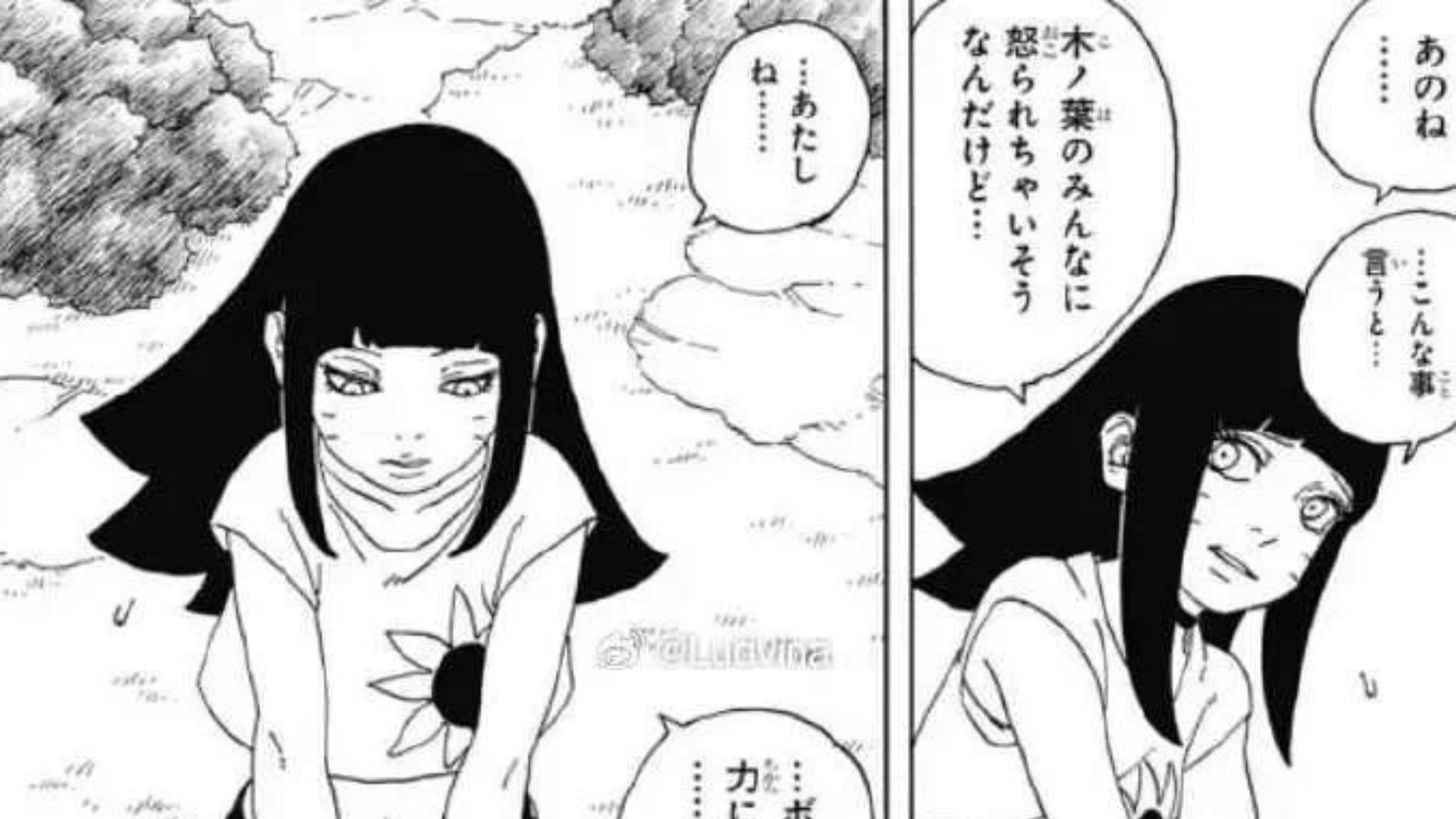
The collaboration between Sarada and Himawari would showcase their growth and development, as well as their ability to face challenges together.
Moreover, this development would align with the series’ themes of friendship, loyalty, and the importance of working together.
The bond between Sarada and Himawari, coupled with their respective strengths and abilities, would serve as a testament to the power of unity and collaboration in the face of adversity.
The theory that Himawari could become Sarada’s knight in Boruto: Two Blue Vortex is both intriguing and plausible.
It offers a fresh perspective on Himawari’s potential role in the series and ties together various elements of the story, including mythological references and character dynamics.
As the narrative continues to unfold, fans will be eagerly watching to see how these theories play out and how the characters’ destinies will intersect.
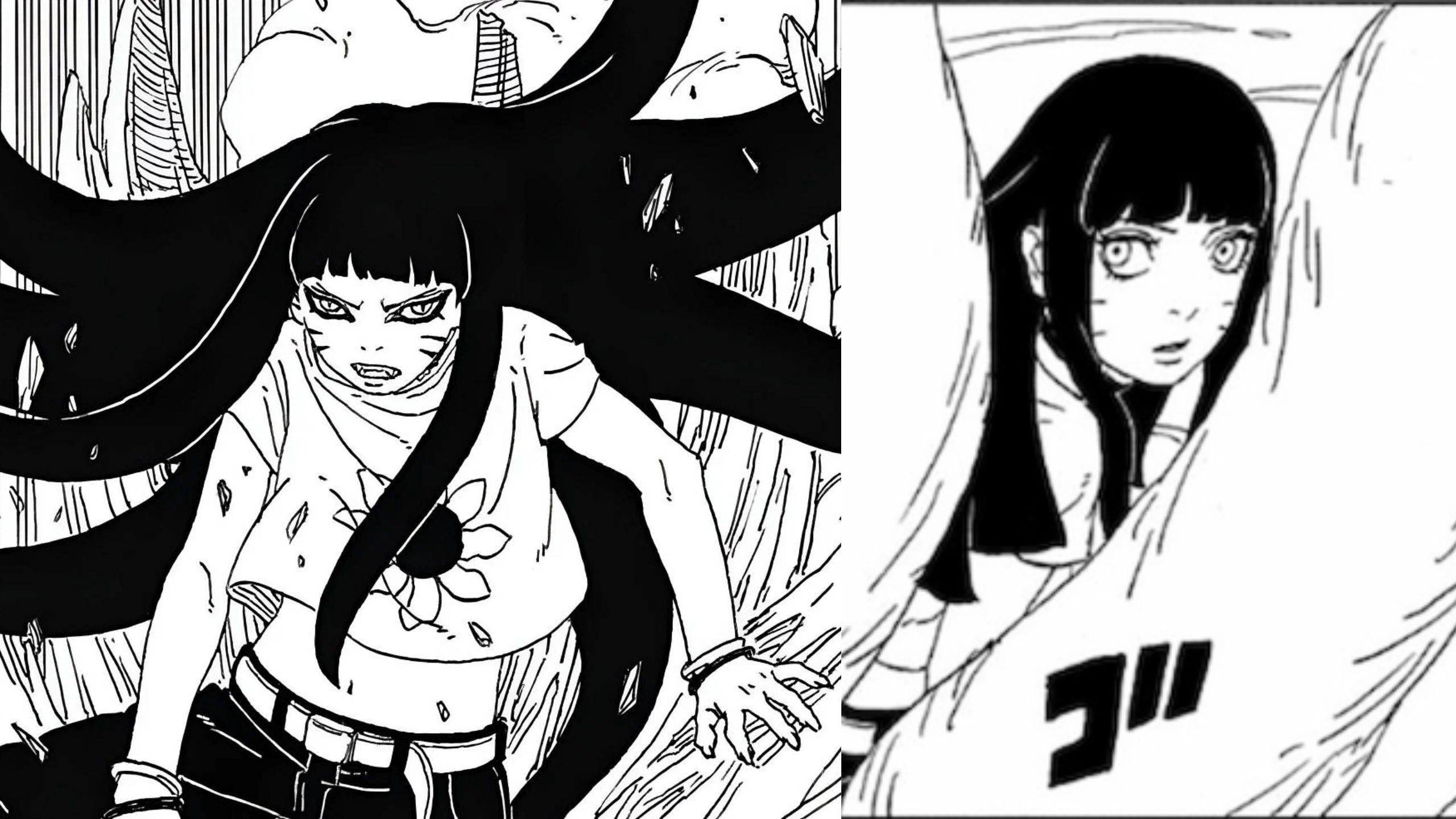
Whether or not Himawari ultimately takes on this role, it is clear that she has a significant part to play in the future of the Boruto series.
Her connections to both the Uzumaki and Hyuga clans, along with her potential link to powerful forces within the series, make her a character with immense potential.
As the story progresses, fans will continue to speculate and theorize about the developments to come.
One thing is for certain: the future of Boruto is full of possibilities, and the potential for epic battles and dramatic twists remains as high as ever.


